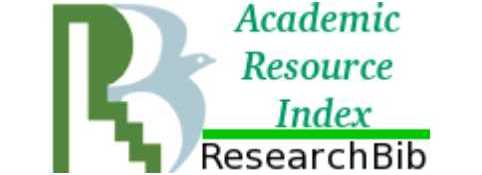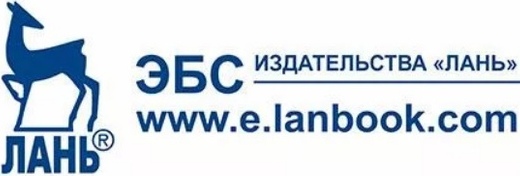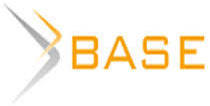DOI:
10.18413/2408-932X-2016-2-2-47-56
The article dwells on the importance of E.V. Ilyenkov's ideas for modern animal psychology and general psychology. Following E.V. Ilyenkov in defining animal psychology as "movement according to the objects form", the authors analyze the works of domestic psychologists and anthropologists relevant to this definition. They present the results of their theoretic and empiric researches in the context of A.N. Leontiev's scientific school of psychology and prove the methodological inconsistency of the "reactive" understanding of psyche according to the scheme "stimulus – reaction" which is wide-spread in modern science. The authors lay a strong emphasis on the fact that the E.V. Ilyenkov's formula of "movement according to the objects form" should not be interpreted only from the "abstract geometric" point of view, as while managing the current tasks of life-sustaining activity of animals relate not to physical properties of objects at large, but rather to possible modes of treating these objects "represented" in them. Relying upon the empiric researches presented in the article, the authors dispel a myth of "independence" of search and orientation (exploratory) activity of animals (allegedly carried out by itself and for itself), popular in psychology. On the contrary, the peculiarities of animal behavior in the unknown object field, that is what objects (or to be more exact, their properties) are involved in their activity, are determined by the tasks that the animals perform during their life activity in complex with "executive" and "orientation" components. This conclusion goes in line with the corresponding views of E.V. Ilyenkov and contributes to the key idea of the A.N. Leontiev's scientific school, which defines psyche as a ''functional organ" of activity.
Keywords: E. V. Ilyenkov,
А. N. Leontiev,
animal psychology,
activity theory,
"movement according to the objects form",
affordance,
exploratory behavior.
Number of views: 7466 (view statistics)
Количество скачиваний: 10204
All journals
Send article
Research Result. Social Studies and Humanities is included in the scientific database of the RINTs (license agreement No. 765-12/2014 dated 08.12.2014).
The journal is included in the list of peer-reviewed scientific publications recommended by the Higher Attestation Commission (as of 25.12.2020 (№ 1590)). vak.minobrnauki.gov.ru

















While nobody left any comments to this publication.
You can be first.